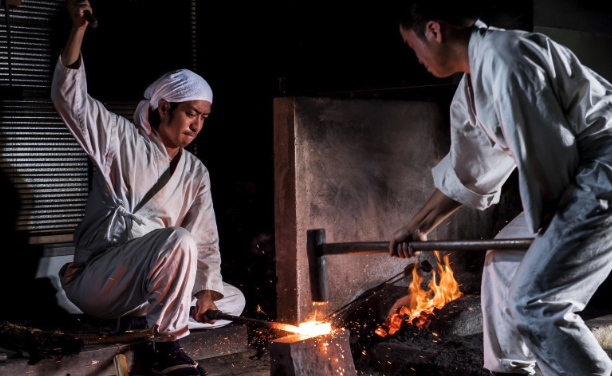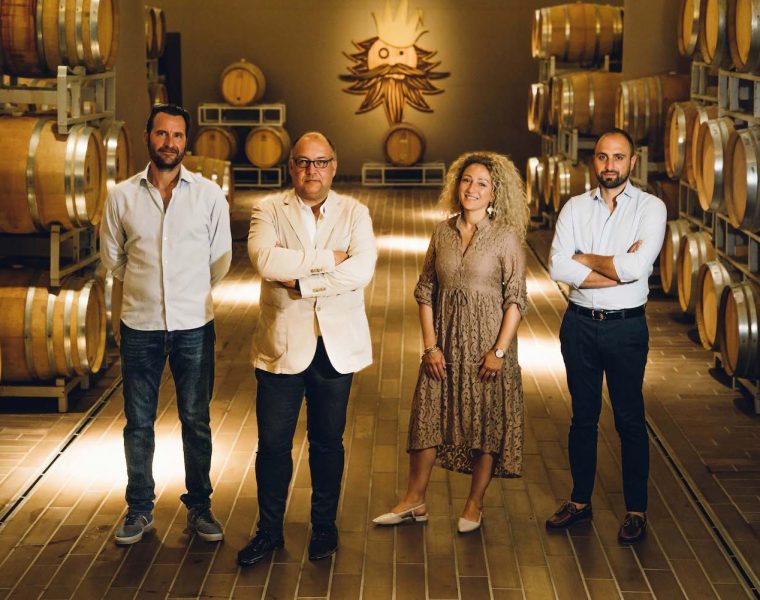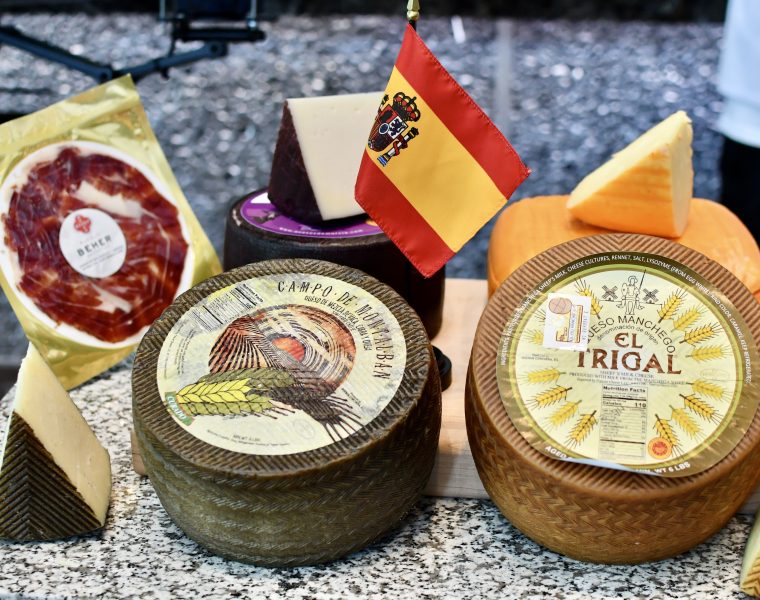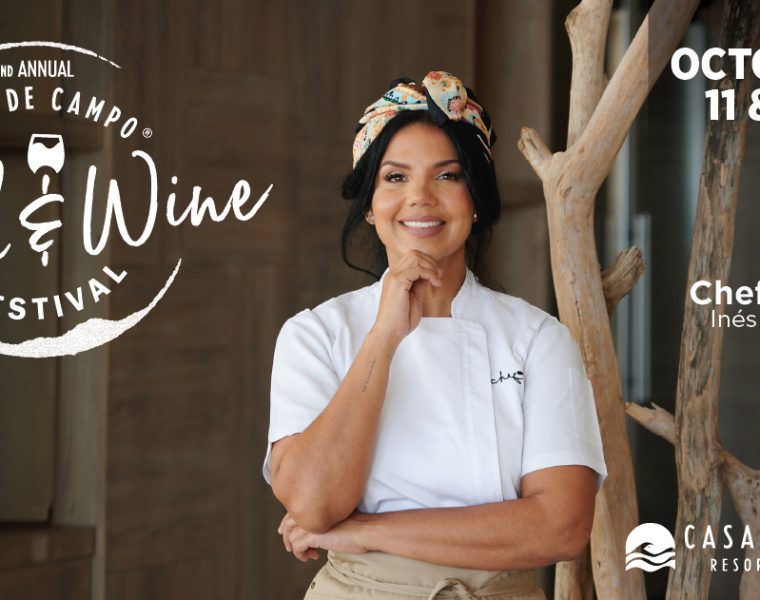For those seeking a cultural escape to France this year, Paris Design Week and related exhibitions provide unique opportunities to explore design, art, and creativity with Paris as the focal point. From…


For those seeking a cultural escape to France this year, Paris Design Week and related exhibitions provide unique opportunities to explore design, art, and creativity with Paris as the focal point. From…

Miami Art Week 2024 offered an unforgettable blend of artistry, luxury, and sustainability. After a whirlwind of Miami Art Week 2024 previews, we had a chance to relax and enjoy luxury events…

Miami Art Week is more than just art fairs and galleries—it’s a vibrant convergence of creativity, music, food, and exclusive celebrations. From public events to VIP-only soirées, and the city’s hottest dining…

As autumn unfolds, fall 2024 food, wine, and travel experiences offer an exciting blend of culinary delights and cultural adventures. From Italian pop-up dinners to immersive travel in Japan, this season promises…

The worlds of wine and gastronomy are constantly evolving. However, certain figures and places leave lasting impressions. They push boundaries, set new standards, and create experiences that resonate. From the Chianti Classico…

Recently, I attended a cooking demonstration hosted by Foods and Wines of Spain and ICEX Spain Export and Investments. The event provided a unique opportunity to explore Spain’s authentic cuisine and wine,…

The 2nd Annual Casa de Campo Food and Wine Festival is set for October 10-13, 2024, at Casa de Campo Resort & Villas in the Dominican Republic. This exciting event will showcase…

Discover Toronto: My Place of Birth Toronto has always held a special place in my heart. Having grown up here and witnessed its evolution, my recent visit revealed a city that is…